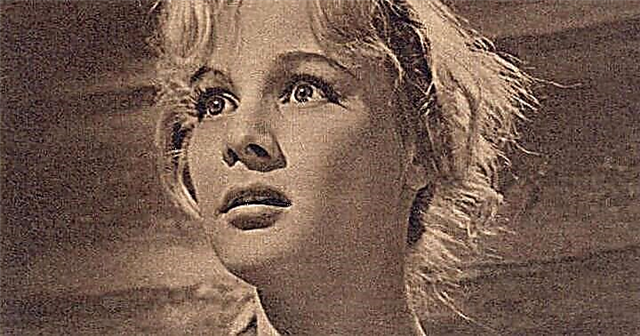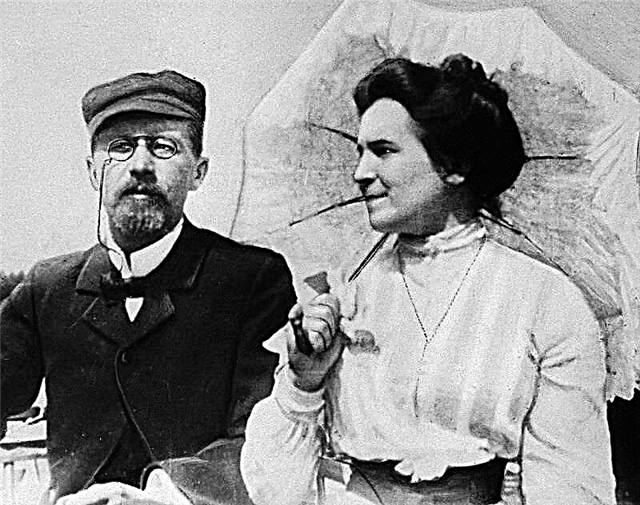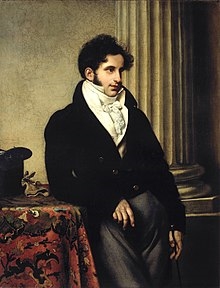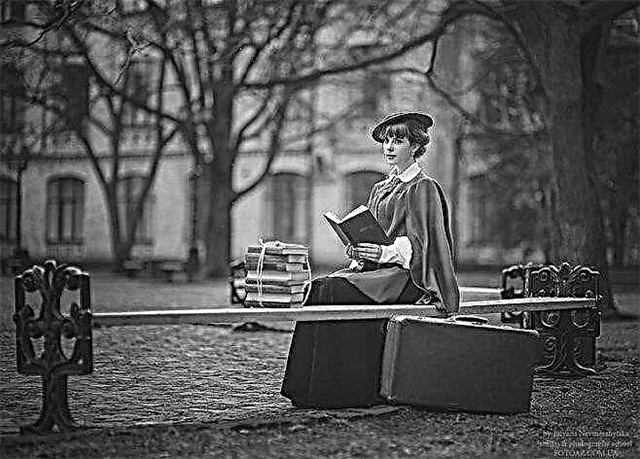(463 words) In any kind of creativity, there is a motive for the road, a journey or just the life path of the hero. There is nothing unusual in this, each of us spends most of our time on the road, which is why the road for a person can become something special, that will lead him to some goal or help to turn on the right path. Therefore, creative people, especially Russian artists, were often inspired by the theme of the road, trying to interpret it in their own way, because the canvas is not just an image, it is a veiled thought that the author tries to convey to those who see this picture and can read it.
 V.G. Tsyplakov painted his painting “Frost and the Sun” at the beginning of the last century, taking as a basis the famous poem by A. S. Pushkin's "Winter Morning." In this picture, the image of the road is the most literal one: a rider in a sleigh pulled by a horse drives her, hastily hiding from the harsh Russian winter, as it is shown in the picture. The second horse, having just appeared because of a snowdrift, is also in a hurry to deliver his master to the heat. You should not look for too deep meaning in this road, it’s just a landscape inspired by a famous poem.
V.G. Tsyplakov painted his painting “Frost and the Sun” at the beginning of the last century, taking as a basis the famous poem by A. S. Pushkin's "Winter Morning." In this picture, the image of the road is the most literal one: a rider in a sleigh pulled by a horse drives her, hastily hiding from the harsh Russian winter, as it is shown in the picture. The second horse, having just appeared because of a snowdrift, is also in a hurry to deliver his master to the heat. You should not look for too deep meaning in this road, it’s just a landscape inspired by a famous poem.
 What about the second picture, “Moonlight Path” I.K. Aivazovsky, it no longer has the so-called “protagonist”, the composition consists of several elements: these are ships, a boat with people, a background landscape, a night city somewhere in the distance, and, of course, the moon that lays the lunar path. The canvas literally envelops the viewer with the mystery of the night. People sitting in the boat also share this enthusiasm with us, someone even stood up to better see this light. The motives of the night, especially the nightlife of water, inherent in Aivazovsky, contain a veiled image of the road - something that you will not see at first sight. It is impossible to go along the lunar path, it is impossible to trample or remember the place where it is laid, it is something elusive, something mysterious and mysterious, due to which it attracts the curiosity of people wandering in the seas and meeting this non-material path. Unlike the trail in the first picture, the lunar path is elusive and endless.
What about the second picture, “Moonlight Path” I.K. Aivazovsky, it no longer has the so-called “protagonist”, the composition consists of several elements: these are ships, a boat with people, a background landscape, a night city somewhere in the distance, and, of course, the moon that lays the lunar path. The canvas literally envelops the viewer with the mystery of the night. People sitting in the boat also share this enthusiasm with us, someone even stood up to better see this light. The motives of the night, especially the nightlife of water, inherent in Aivazovsky, contain a veiled image of the road - something that you will not see at first sight. It is impossible to go along the lunar path, it is impossible to trample or remember the place where it is laid, it is something elusive, something mysterious and mysterious, due to which it attracts the curiosity of people wandering in the seas and meeting this non-material path. Unlike the trail in the first picture, the lunar path is elusive and endless.
 The third image of the road is presented in the picture of V.G. Perov "Seeing the dead man." It was written in 1865 and is part of a series of paintings by the artist about the unfortunate fate of poor people. Before us is a woman and two children who have lost the breadwinner of the family and support. They are all saddened by grief. If you look closely, you can notice the drooping look of the horse, carrying these unfortunate people, and the coffin with the dead man - as if she also mourns with them. The little dog accompanying the wagon, as if howling, notifying everyone about the misfortune. The icy road, surrounded by snow, even more intensifies the atmosphere, making it as unhappy as possible. Here, the road symbolizes the path to the afterlife, something eternal and bright, according to the Orthodox canons. Perhaps someday the sun will come out from behind these dark, gathering clouds, and this family will be happy, but so far it has been exhausted by loss.
The third image of the road is presented in the picture of V.G. Perov "Seeing the dead man." It was written in 1865 and is part of a series of paintings by the artist about the unfortunate fate of poor people. Before us is a woman and two children who have lost the breadwinner of the family and support. They are all saddened by grief. If you look closely, you can notice the drooping look of the horse, carrying these unfortunate people, and the coffin with the dead man - as if she also mourns with them. The little dog accompanying the wagon, as if howling, notifying everyone about the misfortune. The icy road, surrounded by snow, even more intensifies the atmosphere, making it as unhappy as possible. Here, the road symbolizes the path to the afterlife, something eternal and bright, according to the Orthodox canons. Perhaps someday the sun will come out from behind these dark, gathering clouds, and this family will be happy, but so far it has been exhausted by loss.
Summing up, we can say that the image of the road in the paintings can have a variety of interpretations and meanings that are not so difficult to guess, just look at it and reflect on what feelings it causes and what thoughts it leads you to.












